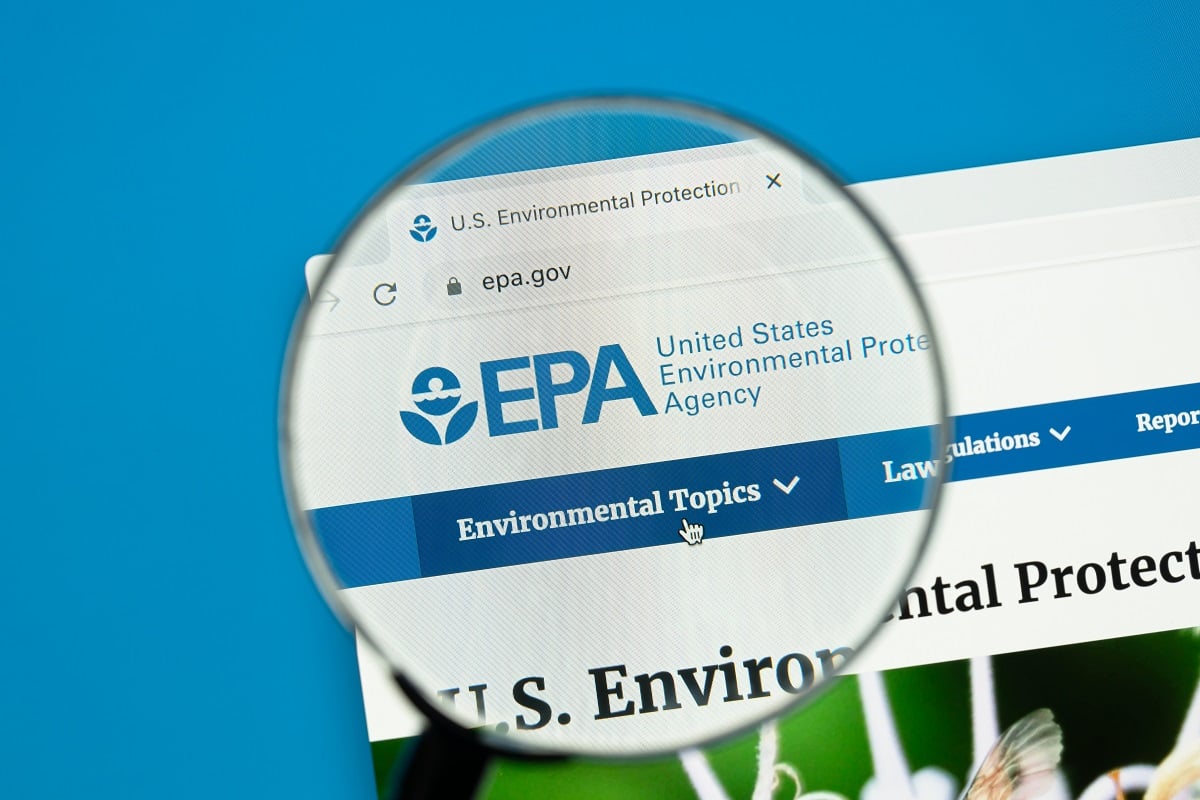
EPA Publishes First-Of-Its-Kind Framework for Considering Cumulative Impacts Across Agency Actions
On November 21, 2024, the U.S. Environmental Protection Agency (EPA) published Notice of a newly developed draft framework intended to provide all EPA programs with a shared reference point for determining when and how to analyze or consider cumulative impacts—defined broadly to include the totality of exposures to combinations of environmental stressors and their effects on health and quality-of-life outcomes. Keeping pace with the Biden administration EPA’s environmental justice drive, key goals of the Interim Framework for Advancing Consideration of Cumulative Impacts include empowering EPA to (1) more fully and accurately characterize the realities communities face, (2) pinpoint the levers of decision making and identify opportunities for interventions that improve health and quality of life while advancing equity, and (3) increase meaningful engagement, improve transparency, and center actions on improving health and environmental conditions in communities.

U.S. EPA Removes Regulatory Affirmative Defense Provision Against Alleged Violations of Oil and Gas Facility NESHAPs
On October 22, 2024, the U.S. Environmental Protection Agency (EPA) published a final rule removing an affirmative defense from Clean Air Act (CAA) National Emission Standards for Hazardous Air Pollutants (NESHAP) regulations for the Oil and Natural Gas Production Facility and Natural Gas Transmission and Storage Facility Source Categories (Final Rule).[1] Prior to the Final Rule, owners or operators could assert an affirmative defense that alleged NESHAP standard violations were caused by an equipment malfunction.[2] A “malfunction” is defined as any sudden, infrequent, and not reasonably preventable failure of air pollution control and monitoring equipment, process equipment, or a process to operate in a normal or usual manner.[3]
EPA Issues Final Rule for Major Source Reclassification Under Clean Air Act Section 112
On Tuesday, September 10, the U.S. Environmental Protection Agency (EPA) issued a final rule establishing requirements for major sources of hazardous air pollutants — sources that emit or have the potential to emit 10 tons per year of a single hazardous air pollutant or 25 tons per year of a combination of hazardous air pollutants — that reclassify as area sources below these thresholds. Reversing a rule adopted during the Trump administration, the rule provides that sources emitting any of the seven persistent and bioaccumulative hazardous air pollutants listed under Section 112(c)(6) of the Clean Air Act must continue to comply with major source standards even if otherwise reclassified as area sources. As a result, reclassified sources will still be subject to maximum achievable control technology standards rather than less stringent standards applicable to area sources. In so doing, EPA maintains that at least 90% of the cumulative emissions of these pollutants will be subject to National Emission Standards for Hazardous Air Pollutants (NESHAP) regardless of future source reclassifications.

Recent Developments in U.S. EPA’s Hydrofluorocarbon Phasedown
There have been several recent developments in enforcement, litigation, and regulatory implementation of the U.S. Environmental Protection Agency (EPA) phasedown of hydrofluorocarbons (HFCs).

U.S. EPA Announces Fourth Update to Environmental Justice Mapping Tool: EJSCREEN 2.3
On July 9, 2024, the U.S. Environmental Protection Agency (EPA or Agency) announced a fourth update to its environmental justice (EJ) mapping and screening tool, EJSCREEN, under the Biden administration. EPA describes the tool as “a starting point for agency considerations of environmental justice” and generally uses the tool to identify areas that may have higher environmental burdens and inform several Agency functions, including permitting, enforcement, outreach, and compliance.
Jarkesy’s Potential Implications for EPA Administrative Proceedings
On June 27, 2024, the U.S. Supreme Court decided SEC v. Jarkesy,[1] holding that when the Securities and Exchange Commission (SEC) alleges a defendant has violated securities antifraud provisions and seeks civil penalties, the defendant is entitled to a jury trial in federal court under the Seventh Amendment. The ruling restricts the SEC’s use of its own in-house administrative tribunal with its own administrative law judges (ALJs), which the SEC has historically used to pursue antifraud claims. While the Court’s ruling focuses on the SEC, the principles underlying the decision may be applied more broadly to restrict the ability of other federal agencies, including the Environmental Protection Agency (EPA), to pursue civil penalties via their own administrative proceedings.
Environmental Law Implications of Loper Bright and the End of Chevron Deference
On Friday, June 28, 2024, the U.S. Supreme Court overruled Chevron v. NRDC in Loper Bright Enterprises v. Raimondo.[1] Although the Court’s decision to overturn Chevron was anticipated, Loper Bright nonetheless represents a paradigm shift because the Chevron doctrine had been a cornerstone of administrative law for 40 years.

U.S. Supreme Court Stays EPA Ozone Interstate Transport Rule
On Thursday, in Ohio v. Environmental Protection Agency, the U.S. Supreme Court stayed an Environmental Protection Agency (EPA) rule that would have required the implementation of additional, significant emissions controls in power plants, pipelines, cement factories, glass factories, iron and steel mills, paper mills, and other industrial facilities across 23 states. The stay provides relief to those industries as they challenge various aspects of the rule in the U.S. Court of Appeals for the D.C. Circuit — challenges on which the Supreme Court found the states and industries were likely to succeed.
U.S. EPA Proposes Revisions to Project Emissions Accounting Under New Source Review
The U.S. Environmental Protection Agency (EPA) is proposing revisions to the New Source Review (NSR) permitting program that would make it more difficult to net out of NSR requirements by changing how to calculate the net emissions resulting from a facility modification. EPA also proposes to define the term “project” more narrowly to prevent sources from aggregating changes to net out of major NSR requirements. The proposal would revise reforms adopted only four years earlier during the Trump administration that had provided additional flexibility to sources making changes to their operations.

EPA Chemical Safety Rule Raises Questions About Authority
For what appears to be the first time in its history, the U.S. Environmental Protection Agency has recently finalized a rule that requires board-level involvement in an EPA-administered program. Specifically, the EPA’s recent amendments to the Risk Management Program (RMP) require certain chemical plants and refineries to submit third-party audit reports on process safety directly to the audit committee of the company’s board of directors. In short, the EPA is seeking to get involved in corporate governance by dictating what information management must provide to the audit committee and when — regardless of management input. In this article, first published in Law360 on April 25, 2024, Sidley lawyers Justin Savage, Ike Adams, and Aaron Flyer dissect the recent RMP amendments, which are a follow up to the EPA’s Safer Communities by Chemical Accident Prevention rule, finalized March 11, 2024. The authors explore the EPA’s authority to regulate corporate governance requirements, the practical value in doing so, and the potential fallout for companies in terms of corporate governance. If the new RMP rule survives judicial review, it may embolden the EPA to issue other board reporting obligations in any number of its regulatory programs governing corporate operations.

